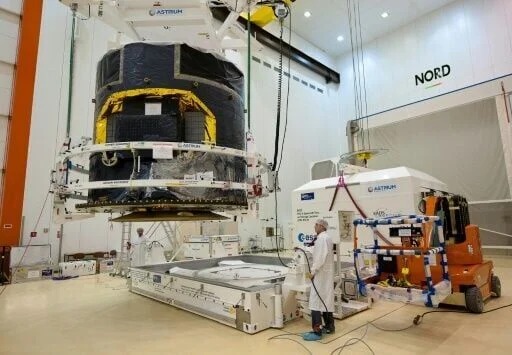
In March 2025 the European Space Agency (ESA) terminated its operations of the Gaia Space Observatory. Gaia launched in 2013 as a mission to construct the most exact three-dimensional chart of the Milky Way Galaxy. From its position at Lagrange Point 2 the spacecraft delivered important data that produced significant advancements in our understanding of cosmic bodies including stars and black holes and asteroids. Gaia finished its program after several successful years through the use of thrusters to establish its "retirement orbit" around the Sun.
About Gaia Space Observatory
-
Mission: Global Astrometric Interferometer for Astrophysics (GAIA) – ESA’s space astrometry mission.
-
Launch Year: 2013
-
From its position at Lagrange Point 2 (L2) – which rest behind Earth when viewed from the Sun – the Gaia Space Observatory maintains a distance of about 1.5 million kilometers to our planet.
-
Goal: The main mission goal focused on creating the most precise three-dimensional representation of the Milky Way.
-
Instrumentation:
-
Astrometer – Measures stellar positions and distances.
-
Photometer – Determines the brightness and color of stars.
-
Spectrometer – Identifies radial velocity and chemical composition of celestial objects.
-
-
Observational Scope:
-
Tracked over 2 billion stars and space objects.
-
Lagrange Points and Their Significance
A spacecraft can stay in stable equilibrium at Lagrange points which exist where the gravitation of two bodies maintains force balance within their gravitational system. These points serve as advantageous platforms for installing space-based observation instruments despite their lack of absolute neutrality.
-
L1 Point: From Earth the L1 point lies 1.5 million kilometers away and gives scientists constant unobstructed Sun observations.
-
L2 Point: Offers a stable environment for deep-space observations (e.g., James Webb Space Telescope).
-
L3 Point: Positioned behind the Sun, opposite Earth; potential for future solar observations.
-
The L4 and L5 Points: Offers stable observational platforms that would make suitable sites for space observatories and monitoring stations although they are located further from Earth.
Key Achievements of Gaia
-
Gaia accomplished the most precise 3D representation of the galaxy that enhanced our knowledge regarding galactic structure.
-
Astronomers found a new kind of black hole along with an Earth-proximate version through gravitational detection independent of light emission.
-
The asteroid tracking program obtained detailed records of more than 150,000 asteroids for predicting space objects that represent a threat to Earth.
Conclusion
Gaia spent ten years successfully advancing astrometric research while revealing data that will support future astronomical investigations throughout multiple years. Stellar cartography and black hole discoveries and asteroid detection all represent remarkable achievements of space exploration through the work of this spacecraft. The retirement of Gaia enables upcoming missions to develop new ways of uncovering celestial mysteries.



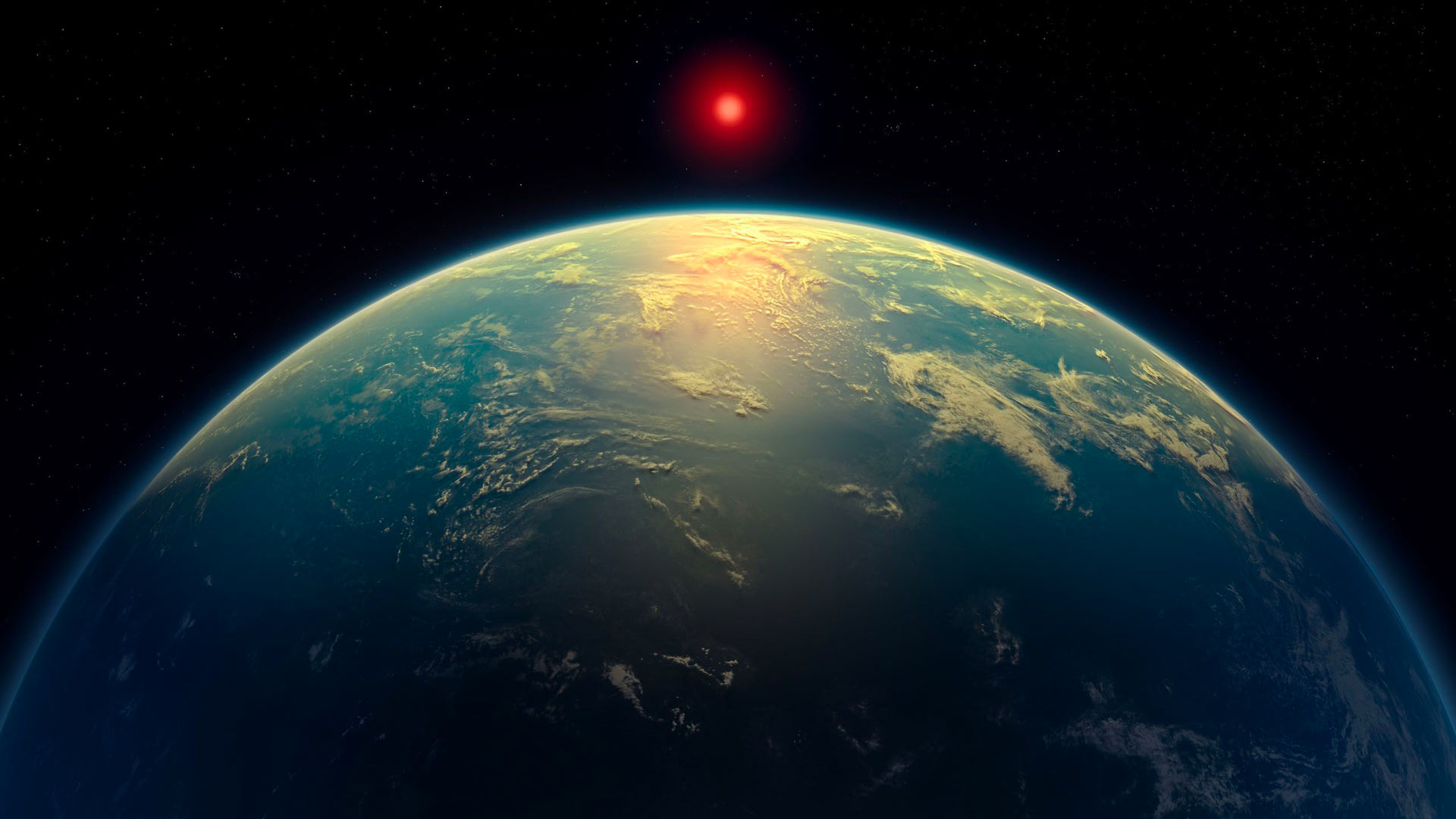 Potential Biosignatures Discovered on Exoplanet K2-18b by JWST
Potential Biosignatures Discovered on Exoplanet K2-18b by JWST India Launches First Native Seed Germination Database for Ecological Restoration
India Launches First Native Seed Germination Database for Ecological Restoration India’s Evolving Approach to Artificial Intelligence Governance and Regulation
India’s Evolving Approach to Artificial Intelligence Governance and Regulation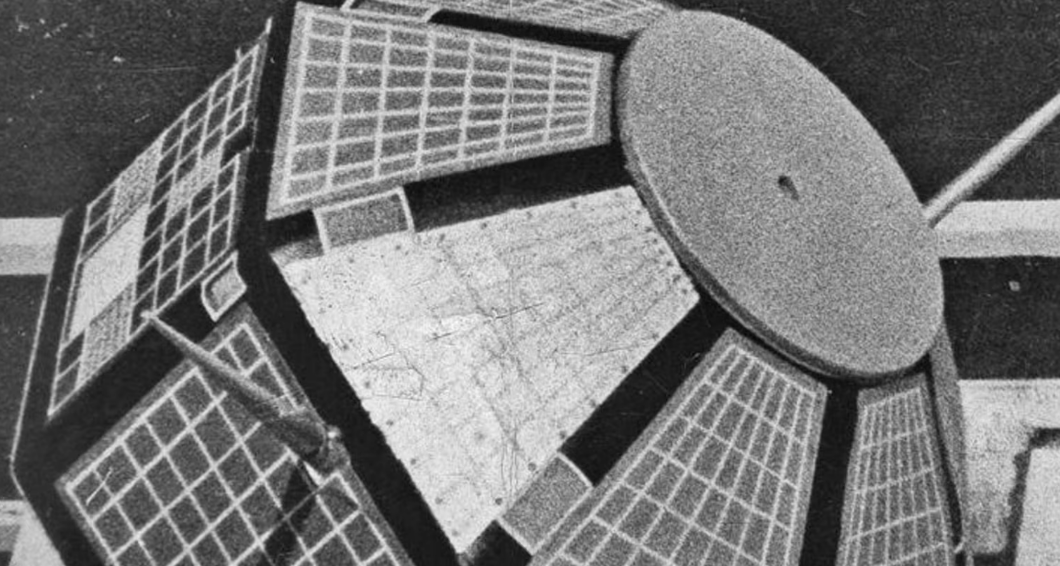 Golden Jubilee of Aryabhata 2025: Celebrating India’s First Satellite and ISRO’s Historic Milestone
Golden Jubilee of Aryabhata 2025: Celebrating India’s First Satellite and ISRO’s Historic Milestone ESA's Biomass Mission 2025: Tracking Global Forest Carbon Storage via Satellite
ESA's Biomass Mission 2025: Tracking Global Forest Carbon Storage via Satellite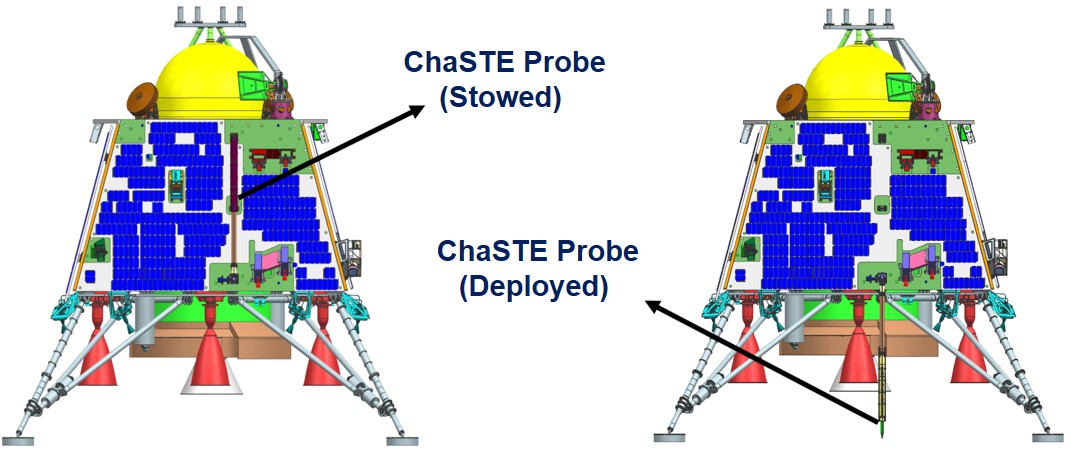 ChaSTE: First In-Situ Measurement of Surface Temperature
ChaSTE: First In-Situ Measurement of Surface Temperature Digital Child Abuse and the Dangers of AI-Based Exploitation
Digital Child Abuse and the Dangers of AI-Based Exploitation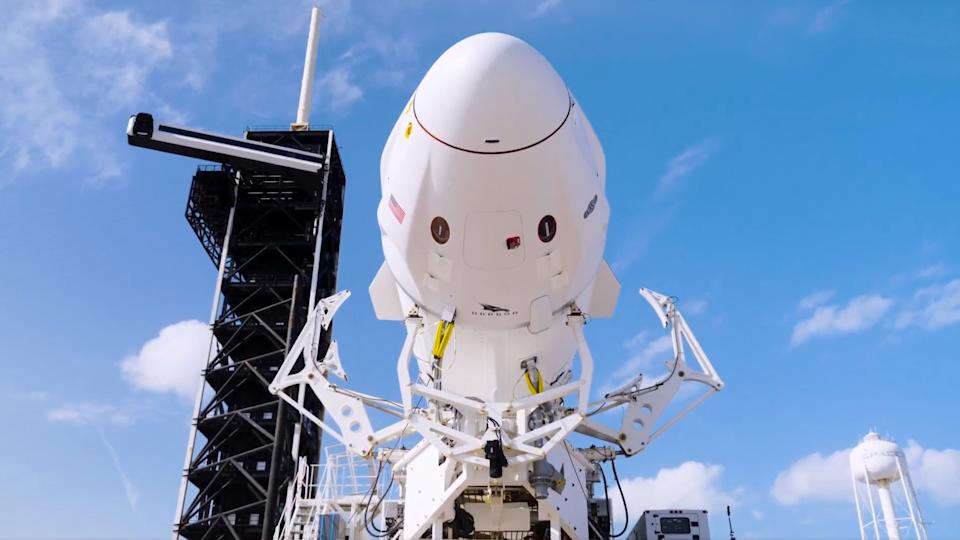 SpaceX Successfully Launches Fram2 Mission: First Human Spaceflight Over Earth’s Poles
SpaceX Successfully Launches Fram2 Mission: First Human Spaceflight Over Earth’s Poles ChatGPT’s viral Studio Ghibli-style images highlight AI copyright concerns
ChatGPT’s viral Studio Ghibli-style images highlight AI copyright concerns






